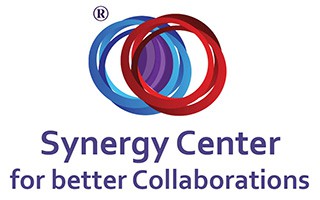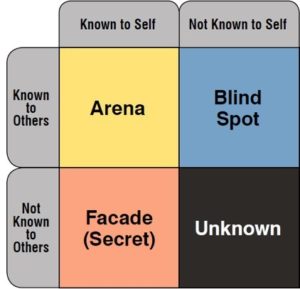Today’s operating environment requires organizations to be much more flexible with their assumptions and perceptions. Increasingly, emphasis’s placed on teamwork, cooperation, professionalism and quality. Today’s organizations, unlike a century earlier, operate under different structures.
The twenty-first century manager supervises or works in parallel with several departments – human resources, research and development (R&D), training department, etc. There’s more devolution of functions, and less specialization.
Successful organizations of the current century share two things in common:
- They dedicate a big portion of their resources toward developing the organizational structure, fostering synergy between various organizational elements (units and employees), and increasing human capital
- They adopt post-modernity principles — enhancing professionalism, emphasizing on quality, teamwork and cooperation, decreasing specialization and embracing flexible and changing assumptions and perceptions
Uncertain Operating Environment
Unsurprisingly, as the twentieth century came to a close, and as the twenty-first begun, many organizations that have been existence went under, became irrelevant or lost their dominance (significant portion of their market share to new entrants).
On the other hand, some large organizations survived by a whisker, thanks to their on-time assimilation of changes to their organizational processes and structures. That’s isn’t to say that some organizations aren’t struggling; in fact, most do.
Twenty-century is one of the most uncertain centuries of all time — socioeconomic upheavals are increasingly unpredictable. They can turn around an organization’s fortunes (or misfortunes) overnight.
Competition’s tightening, even though some large and powerful organizations seem very good at subduing it. For example, Google and Amazon. Recently, the European Union fined Google hefty amounts for abuse of its market dominance. Amazon is famous for killing competition — apparently, in a free market, it’s enjoying virtually a monopoly. Other problems like disruptive technologies can kill an organization, too.
There’s also a predatory tendency by larger, more powerful organizations to cannibalize smaller organizations. Take for instance Microsoft’s recent acquisition of GitHub. In addition, organizations have merged to beat competition and to assert more dominance. For example, the controversial merger between Time Warner and AT&T.
Characteristics of Post-modern Organizations
These organizations emphasize on teamwork – they avoid overreliance on individual talents and efforts to succeed. Hence, ability to cooperate is a performance indicator for an organization. In fact, teamwork’s one of the most sought-after skills by employers.
There’s no longer the need to rely on someone’s expertise to run a department. Long gone are the days of specialized personnel and departments. Instead, a rotatory system is preferable – all-round workers who can fit in every department are most desirable.
This means that work processes are transferable across departments — it’s no longer a case when departments could keep work processes for themselves. Teamwork runs from the top management down to the subordinate levels. Taskforce members come from different departments, and this applies to board meetings and work teams.
Post-modern organizations discourage differentiation and encourage integration and cooperation between various organizational units and departments. Knowledge and information sharing ensures fluency – or at least a basic familiarization of each team member’s areas of specialization by every member.
Coordination of tasks or activities (planning) accordance to organizational strategy or goals doesn’t stop at the boardroom. All levels are involved in planning strategies. This is just as applicable to large organizations as to small organizations. It doesn’t matter whether the organization has headquarters. More than ever, organizations require to be synergistic.
That’s About it!
Synergy works hand in hand with postmodernity and diversity. Increasingly, diversity and postmodernity are inescapable challenges that an organization that’s serious about being successful must embrace. The ability to bring together culturally different groups – or groups that differ in specialization – to work together to achieve a common good is salient to the success of an organization in the twenty-first century operating environment.




